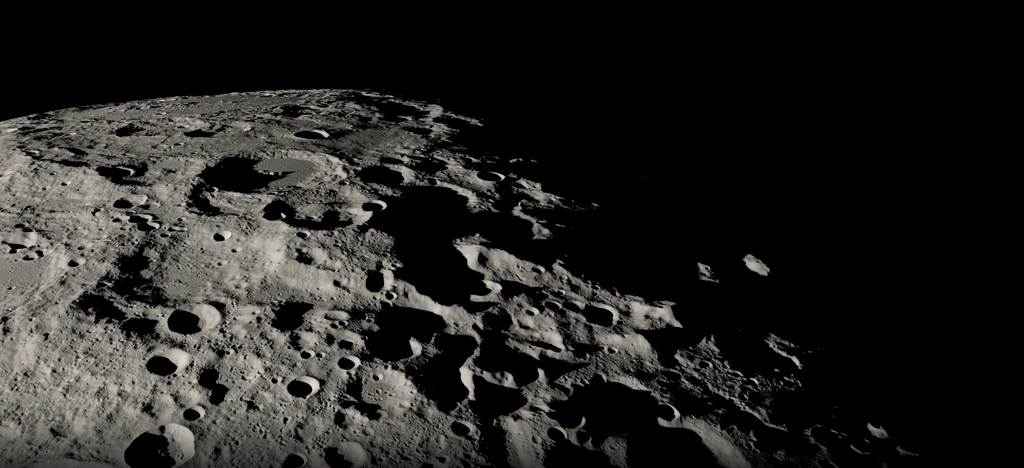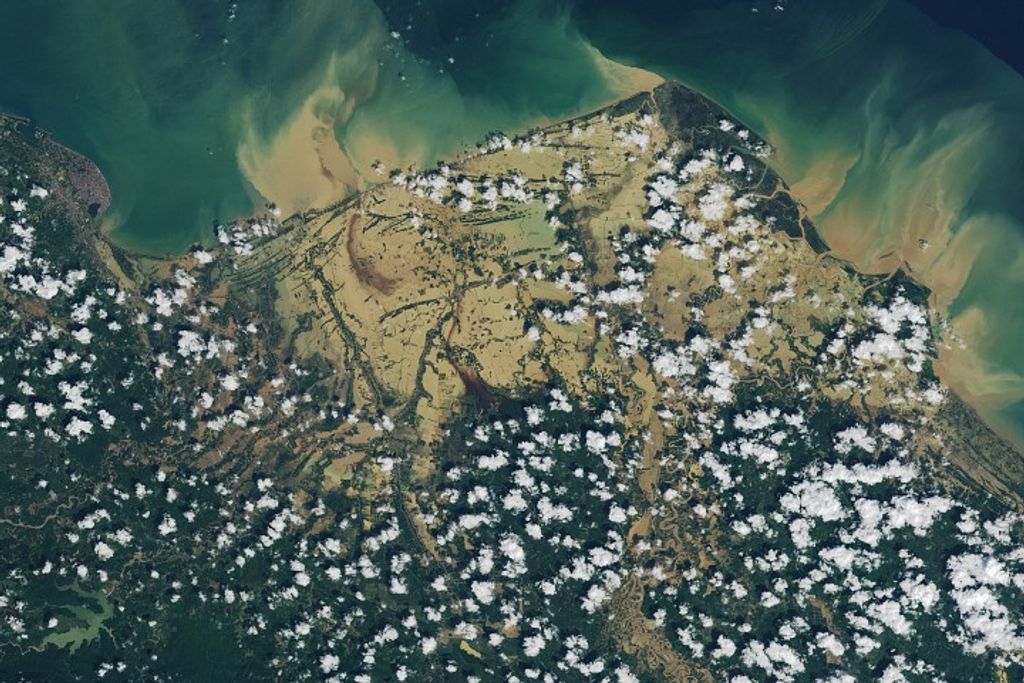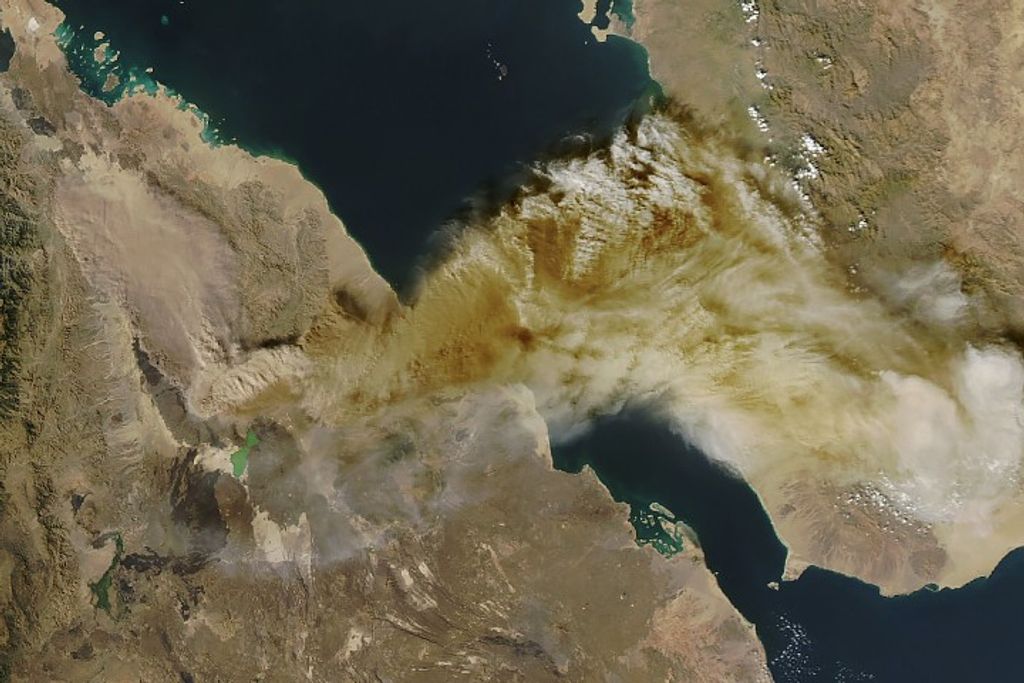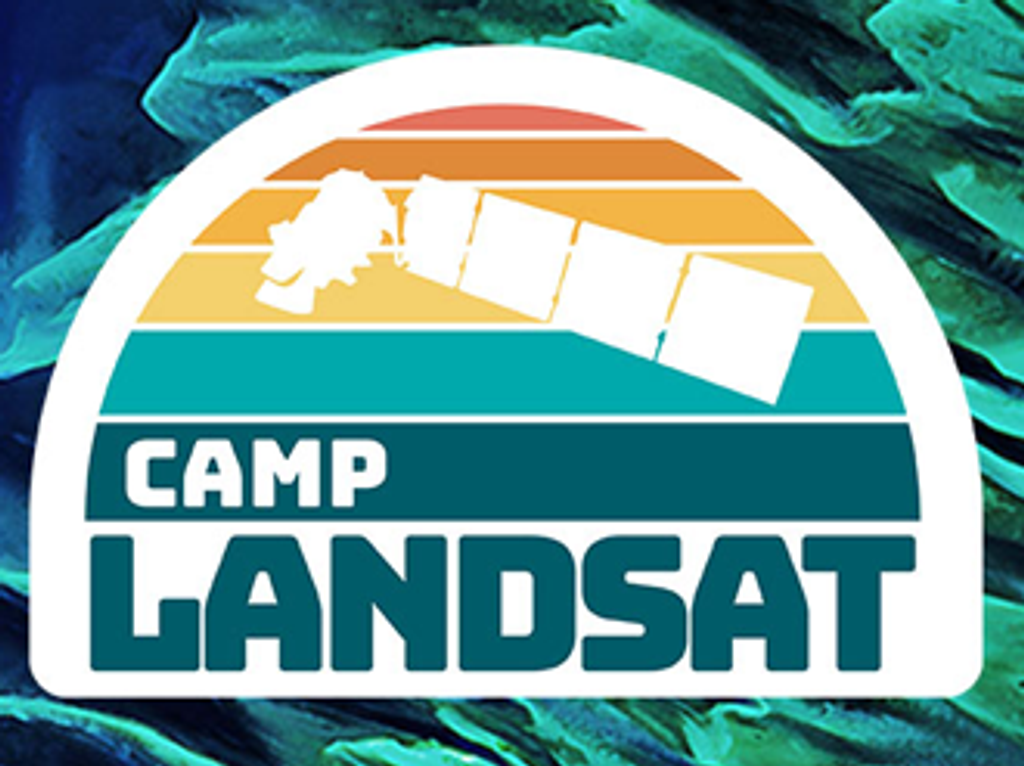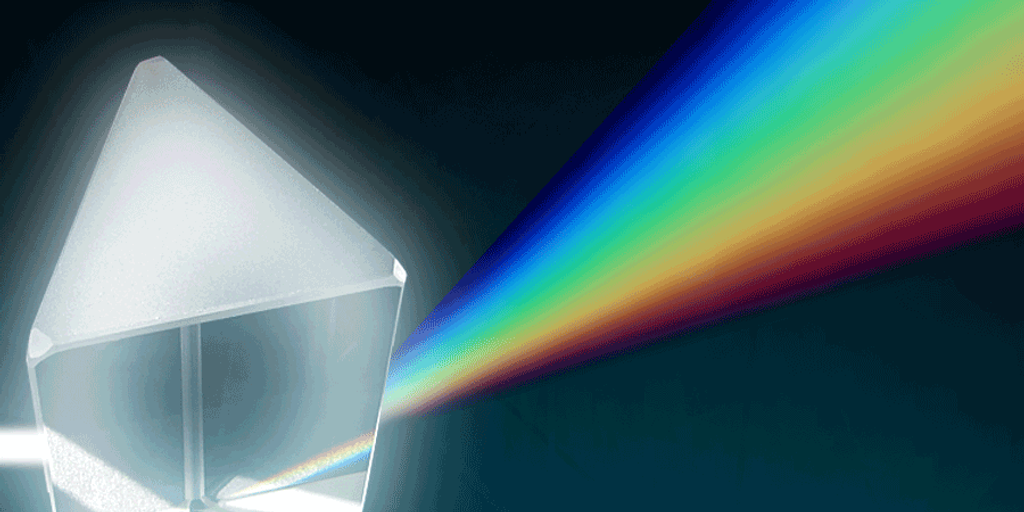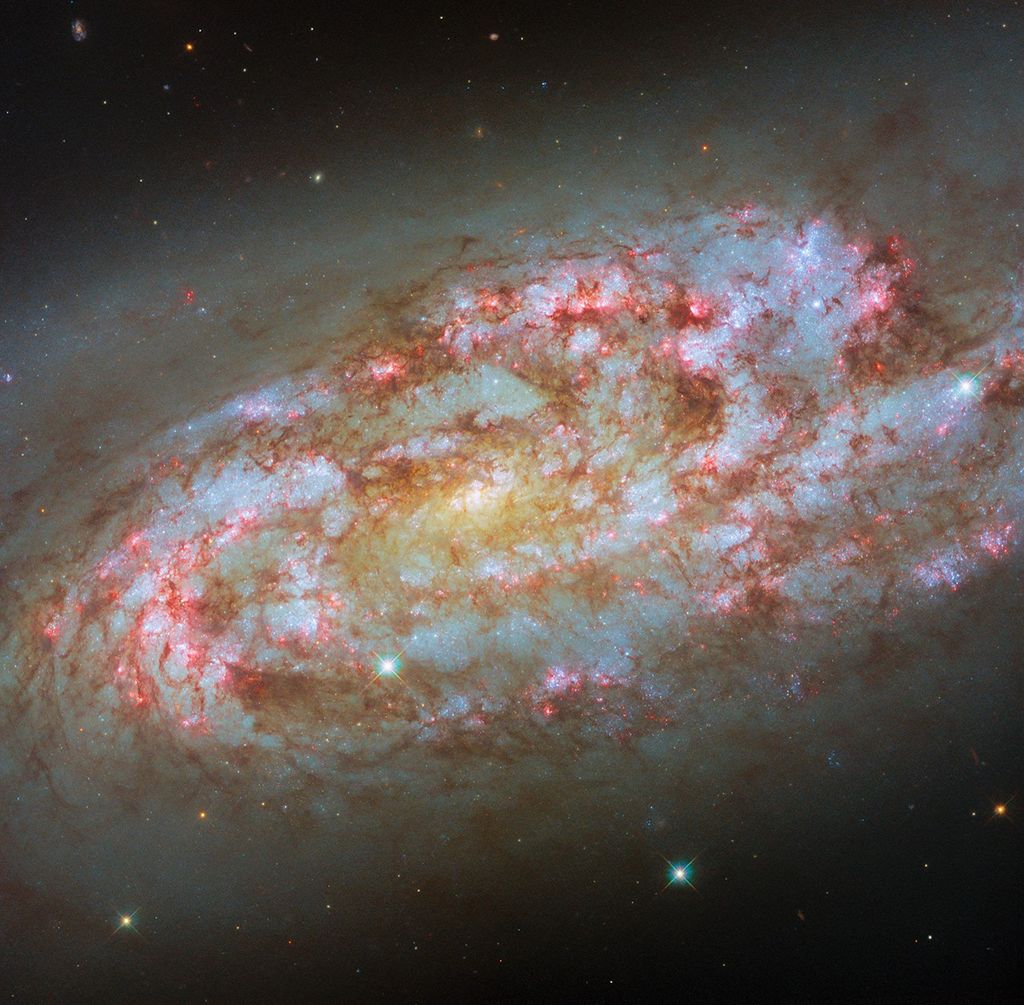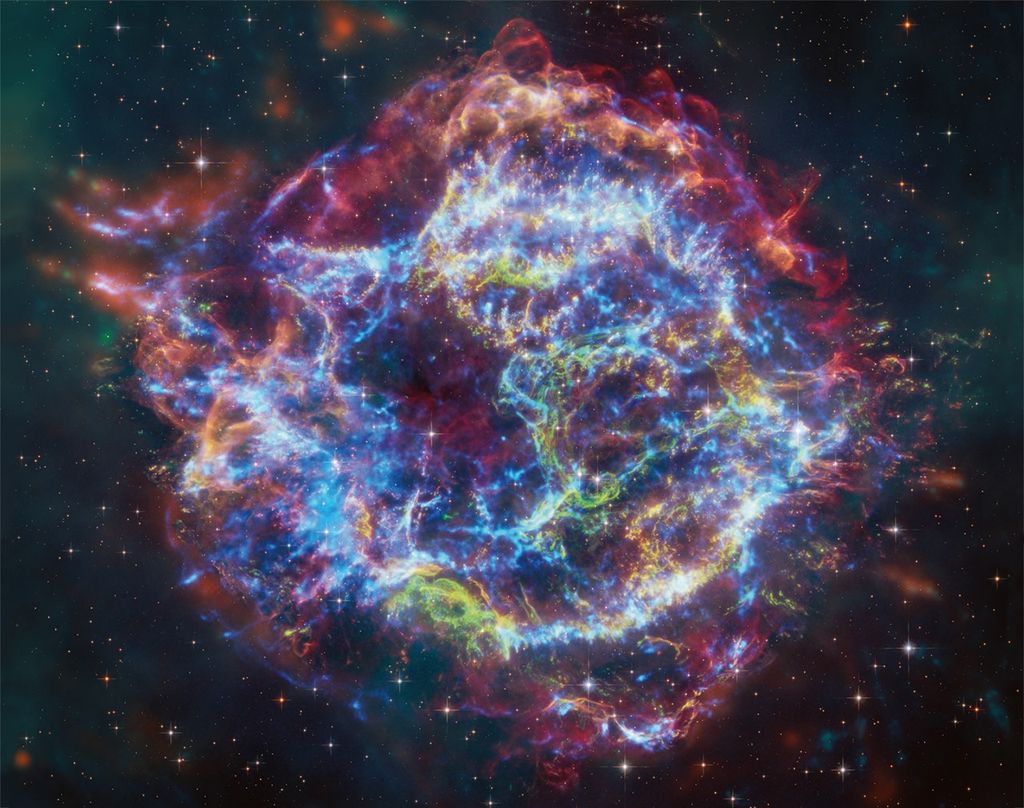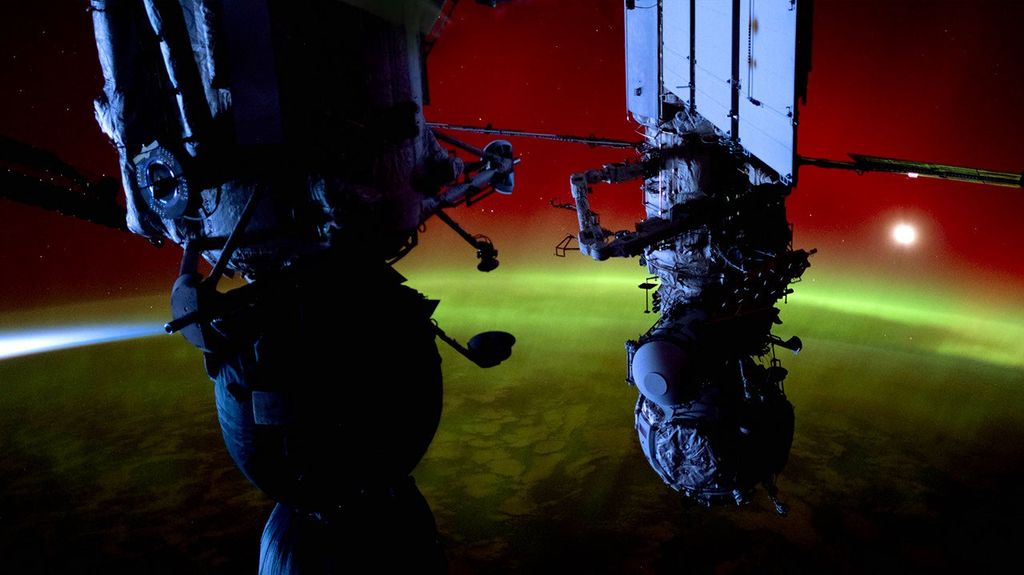NASA’s 2024 DALI (Development and Advancement of Lunar Instrumentation) Award Selections
The DALI24 projects will expand NASA’s portfolio of technology available for the development of instruments for use in future lunar missions, including the agency’s Commercial Lunar Payload Services program and Artemis campaign.
The goal of DALI is to develop and demonstrate instruments that show promise for use in future announcements of NASA flight opportunities, in addition the instruments are intended to be ready for flight hardware build after the three-year project duration. In DALI each of the selected scientists is granted approximately $1 million per year to develop their instrument.
DALI is one of several programs funded by the Exploration Science Strategy Integration Office (ESSIO) which ensures science is infused into all aspects of lunar exploration and leads integration between the Science Mission Division (SMD), NASA mission directorates, other government agencies, international partners and commercial communities.
The grantees are based at institutions across the country:
Erwan Mazarico/ NASA’s Goddard Space Flight Center, Greenbelt, Maryland
Dr. Mazarico and his team will mature a new instrument, the Swath-Mapping Lidar for Exploration and Science (SMiLES), that will be capable of acquiring orders-of-magnitude more altimetric data than previous planetary space laser altimeters. The novel measurement approach is based on non-mechanical beam-steering to scan a single laser beam across hundreds of positions over the surface, which leads to significant gains in flexibility and efficiency. With higher spatial resolution and no-gap sampling, the collected datasets will support many science objectives and future lunar and planetary exploration.
Nurul Abedin/ NASA’s Langley Research Center, Hampton, Virginia
Dr. Abedin and his team will develop the “In-situ and Remote Characterization of Lunar Surface Using Standoff micro-Raman (SUCR) Sensor” during this DALI award. The SUCR was developed to identify geological materials that exist on the lunar surface, specifically minerals/ glasses, ices and other volatile compounds. SUCR is compact with low mass and is designed for continual use from microscopic to far field. SUCR is a time-gated spectrometer which will provide superior capability to operate under ambient lighting conditions, without sample collection and can be accommodated with different lander architectures, including as part of payloads on stationary landers, drilling rigs or rovers.
James Lambert/ NASA’s Jet Propulsion Laboratory, Southern California
During this project, Lambert’s team will develop LUSTRA, the Lunar Spectroscopic Tool for Raman Analysis. LUSTRA’s measurement capabilities include evaluating impact and space weathering products, characterizing volatiles and volatile deposits within the regolith and lunar ice, and detecting any potential human contaminants. Data collected by LUSTRA will contribute to a wide range of high-priority lunar science investigations, from understanding the geologic processes that shaped the early Earth and characterizing the impact history of the Earth-Moon system to providing insights into the character and origin of lunar polar volatiles. LUSTRA is a Raman spectrometer that employs green laser excitation to collect spectra with Raman shifts ranging from 180–4000 cm⁻¹ with <7 cm⁻¹ resolution, enabling the unequivocal identification of Raman-active minerals, chemicals, and volatiles. The instrument leverages optical components, many of which were validated during the development of the Compact Integrated Raman Instrument (CIRS), an instrument previously designed for robotic deployment. Thus, many of LUSTRA’s optomechanical subsystems, including its laser, have already been developed and tested to TRL 5. During the DALI project, LUSTRA will be validated to TRL 6 and built to be ergonomically and functionally suitable for astronaut use in the dusty lunar environment over repeated daytime spacewalks.
Ryan McCormick/ NASA’s Jet Propulsion Laboratory, Southern California
McCormick’s team will mature a sample acquisition, manipulation, and containment system for near-term robotic sample return missions, including lunar rovers, CLPS missions, and Artemis-related activities. This system utilizes a sieving scoop to collect and store larger, high-priority samples and regolith fines, addressing the lunar science goal of collecting and returning abundant and diverse samples from key locations across the Moon. The effort leverages the Cold Operable Lunar Deployable Arm (COLDArm) project and MoonRise New Frontiers mission concept.
Evan Eshelman/ Honeybee Robotics, a Blue Origin Company, Altadena, California
Dr. Eshelman’s team will develop Lunar Weather Array, a compact, surface-deployable time-of-flight lidar for studying and monitoring the lunar dust environment. LWA will improve understanding of surface-to-exospheric lunar dust dynamics and inform safe human and robotic operations. The increased cadence of lunar missions and anticipated sustained level of human presence motivate this development to address open science questions regarding the processes that create and sustain the lunar dust exosphere and the dynamics of dust lofting. Through development of a brassboard, including environmental testing, the team plans to mature Lunar Weather Array to TRL 6 for operation on the lunar surface.






